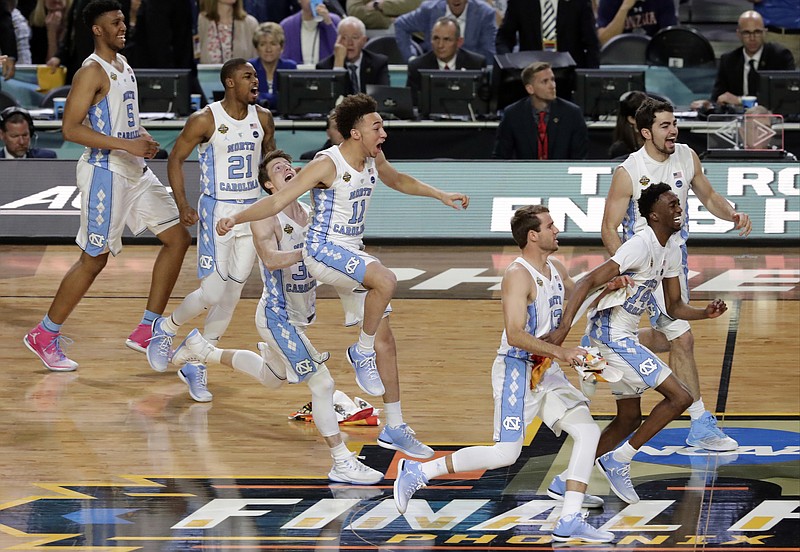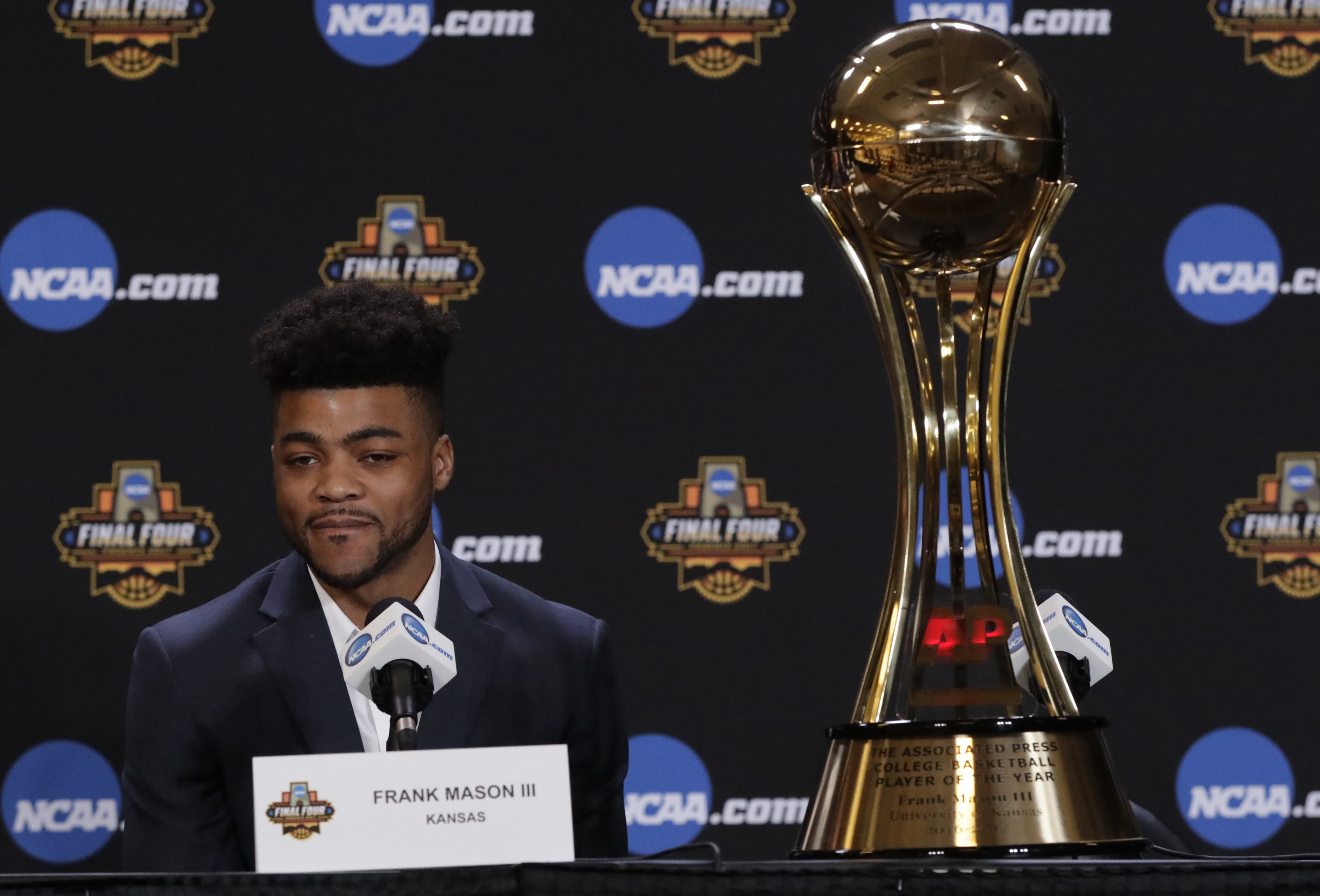As I write this, North Carolina and Gonzaga have not yet played in the NCAA title game, so this is a college basketball wrap-up column written without knowing whether the Tar Heels or Zags finished the season No. 1. Silly newspaper deadlines.
But the championship game aside, there are opinions that need expressing (wretched refs), awards that need presenting (South Carolina coach Frank Martin, come on down!) and changes in desperate need of being made (can we please have a time limit on referees reviewing calls?).

So without further delay, allow me to dish out my 2017 Weeds Awards for the best and worst of this college season (with the knowledge that UNC-Gonzaga might have been the game of the year if I could have waited long enough to watch it).
Coach of the year: The Gamecocks' Martin. His rough exterior isn't for everyone, and there is no long-term guarantee that he can make the East Coast USC a consistent Top 25 program. But for one season only, Martin's tactical skills and motivational ploys moved the Gamecocks so far beyond reasonable expectations in reaching the school's first-ever Final Four that he should be a unanimous pick for every coaching award.
Runners-up: Championship game coaches Roy Williams of UNC and Mark Few of Gonzaga. Williams got his team back to the title game for a second straight season, and Few turned an offensively talented team of transfers into the nation's most efficient defense.
Player of the year: His Jayhawks flamed out in the Midwest Regional final, but it wasn't because of Kansas senior point guard Frank Mason III, who scored 21 points, dished out four assists and committed only one turnover in 40 full minutes against Oregon. The Naismith player of the year and the probable Wooden winner, Mason embodied everything a player of the year should be for the whole year.
Runners-up: Again, two title-game participants - UNC's Justin Jackson and Gonzaga's Nigel Williams-Goss. And right behind them is Duke's Luke Kennard, who was the only consistent Blue Devil on coach Mike Krzyzewski's most inconsistent team ever.
Ten-man All-America team: UNC's Jackson, Gonzaga's Williams-Goss, Duke's Kennard and Jason Tatum, Mason of Kansas, Kentucky's Malik Monk, South Carolina's Sindarius Thornwell, Lonzo Ball of UCLA, Villanova's Josh Hart and Oregon's Dillon Brooks.
Best game: Kentucky's 103-100 regular-season win over UNC in which Monk scored 47 points. Fast-paced and beautifully played, it was surely a picture most perfect of the way James Naismith hoped the game would be played.
Most dramatic finish: For the men, Tar Heels reserve Luke Maye knocking UK out of the tournament in the South Regional final with a 19-footer that delivered the 75-73 win three-tenths of a second ahead of the horn.
But overall, nothing topped Mississippi State point guard "Itty Bitty" William's buzzer-beater to halt Connecticut's 111-game winning streak in the women's semifinals.
Biggest change needed in the game: Long-term, men's college hoops needs to adopt the four-quarter system the women use, as well as every other level of the game, both home and abroad. Short-term, something has to change with officiating. There needs to be a single national organization, and every league needs to be officiated uniformly. There needs to be continued improvement of officiating the block-charge call, and when the NCAA tourney arrives, assigners need to choose three-man crews who stick together throughout the tournament. If one falters, they all falter. Beyond that, have them work at least four games together in February or in conference tournaments to improve familiarity with each other.
Secondary officiating changes: Video reviews should last no longer than two and a half minutes. To make it even quicker, have a video ref at the scorer's table already judging the tape before the court referees arrive. And to avoid the mess that happened near the end of the UConn-Mississippi State national semifinal last week, allow a coach to throw a red hanky to protest what he or she believes is an F1 (flagrant 1 foul). The coach can throw it twice a game, if needed, but only within five seconds of it occurring. If he's right, he keeps his protest. If not, he loses it, like tennis or the NFL. Also, change the F1 to deliberate or accidental. It's two shots either way, and with no one on the foul line except the shooter. But if accidental, the offended team doesn't get to retain possession.
Final changes: No. 1, graduate transfers sit like everyone else.
No. 2, shorten the dang season. Nobody plays before Thanksgiving weekend. Consider ending conference tournaments, which, with the exception of a few leagues, actually lose money and too often leave the deserving regular-season champ from one-bid leagues banished to the NIT.
Beyond that, if the NCAA is serious about improving the "student" portion of student-athlete - and given its seeming disinterest in penalizing North Carolina for arguably the worst academic fraud scandal in NCAA history, that's certainly debatable - it needs to quit having its basketball players in active competition for the better part of each semester.
Early projections for the 2018 Final Four: Arizona, Duke, Louisville and Michigan State.
Until then, as the local automotive ad states, remember that you miss 100 percent of the shots you don't take.
Email Mark Wiedmer at mwiedmer@timesfreepress.com.

